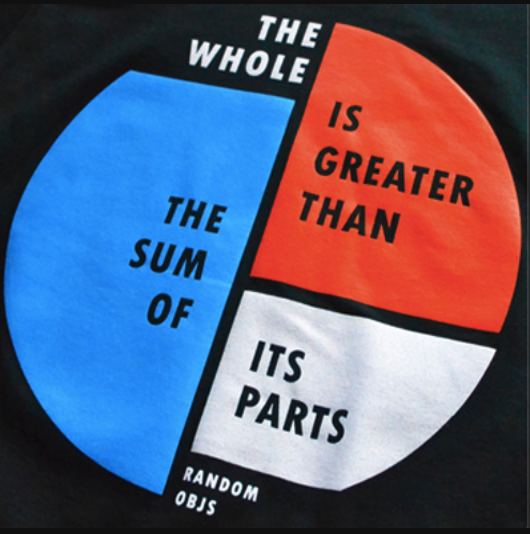
Due to the global success of Dr. Goldratt’s first business novel ‘The Goal’ most people mistakenly think of the Theory of Constraints (TOC) as just a technique for manufacturing. While TOC does produces fast and radical improvements in manufacturing processes, it is in fact a whole system philosophy and method. The thinking that underlies this theory stems from a worldview of unity where all the parts of an organization are connected and it provides solutions for all aspects of management, from the minutiae of day-to-day disagreements right through to entire supply chain management.
Before we began operating in Canada, we first set up our firm in Milan in 1996 and we became the official Avraham Y. Goldratt Institute for Italy. We had the great fortune to train with one of Goldratt’s closest collaborators, Oded Cohen, and the luxury of being located in one of the richest business districts of the world. Even though we initially worked successfully with many manufacturing companies in the area, reducing inventory and speeding up delivery times, our work quickly expanded to include software houses, homes for the elderly, educational institutes, in fact every kind of organization. This is because the Theory of Constraints is a universal approach to management. Once you know the essential skills a manager needs and the power of identifying a constraint and managing an organization around it, there are no limits to its application.
The many solutions of the Theory of Constraints
Once you understand TOC profoundly, it becomes clear how to apply it to any environment to create radical improvement, and Goldratt specifically outlined solutions for:
- synchronous manufacturing (Drum, Buffer, Rope)
- distribution
- marketing and sales (external constraint)
- strategy and planning
- supply chain
- retail
Moreover, Goldratt created an entire approach to accounting called Throughput Accounting that drastically simplifies accounting to the only measurements managers really need to know.
Project Management becomes the major protagonist of this whole system approach to management. The best known approaches to Project Management fall short when it comes to seeing the organization as a connected whole. Goldratt developed the solution of Critical Chain as a means to manage projects based on finite capacity, this avoiding the wrong-thinking of multi-tasking and procrastination that causes projects to be late.
Why don’t we see the big picture?
Our thinking is fragmented, and so are our organizations. This way of thinking is completely out of step with how we now understand the way the universe works (see complexity and network theory), but most managers are still stuck in a worldview of departments and functions. It worked in the 19th century, but it doesn’t any more. That’s the way organizations are still designed and measured, even though all those artificial barriers prevent the various parts of the whole from performing as well as they should. What we need is to think holistically, in other words systemically. In order to enhance and strengthen our ability to think in a robust and systemic way, Goldratt designed a series of Thinking Process Tools. These tools equip managers with all the thinking skills they need and that are so sorely lacking in many management environments.

The organization as a system
We have W. Edwards Deming to thank for our understanding of how organizations are in fact systems. This is where our work as a firm started, with Deming’s management philosophy. When our founder, Dr. Domenico Lepore, was introduced to the work of Goldratt through Oded Cohen, he quickly had the intuition that combining Deming’s approach with the practical tools created by Goldratt would be a complete strategy and solution for any organization attempting to achieve a meaningful and sustainable goal. That led tGoldratt’s publisher to publish the now classic ‘Deming and goldratt: The Decalogue’. The consistent application and improvement of this approach over nearly two decades has led us to develop an innovative organizational design based on the work of Deming and Goldratt that we call ‘the Network of Projects‘. It’s time for organizations to shift beyond silos to a new, systemic whole. Only when managers consistently see the Big Picture and learn how to manage their organizations as one system will they achieve their true potential.
See also our post ‘What is the theory of Constraints REALLY about?
Intelligent Management works with decision makers with the authority and responsibility to make meaningful change. We have helped dozens of organizations to adopt a systemic approach to manage complexity and radically improve performance and growth for 25 years through our Decalogue management methodology. The Network of Projects organization design we developed is supported by our Ess3ntial software for multi-project finite scheduling based on the Critical Chain algorithm.
See our latest books Moving the Chains: An Operational Solution for Embracing Complexity in the Digital Age by our Founder Dr. Domenico Lepore, The Human Constraint – a digital business novel that has sold in 42 countries so far by Dr. Angela Montgomery and ‘Quality, Involvement, Flow: The Systemic Organization’ from CRC Press, New York by Dr. Domenico Lepore, Dr. .Angela Montgomery and Dr. Giovanni Siepe.





